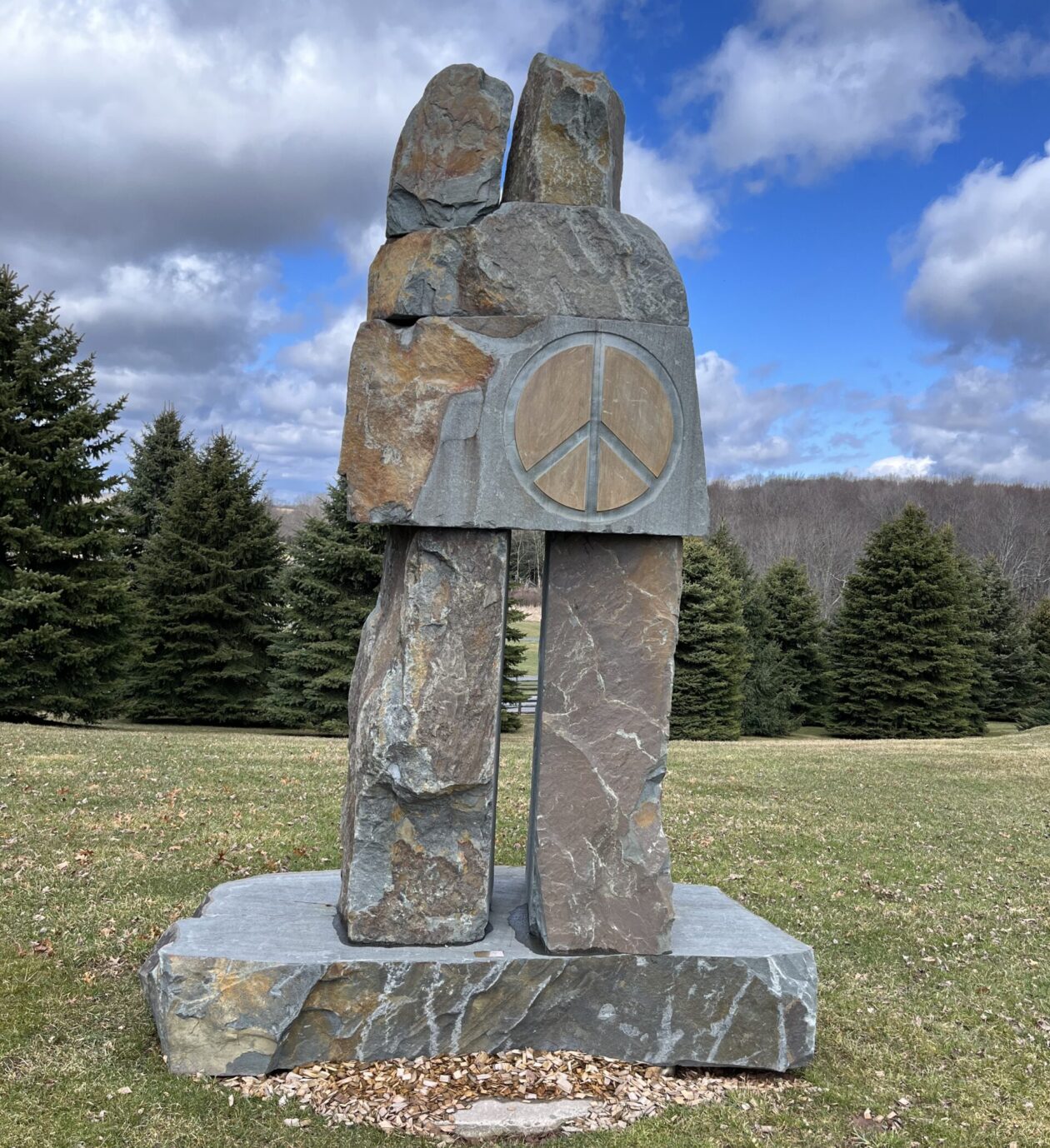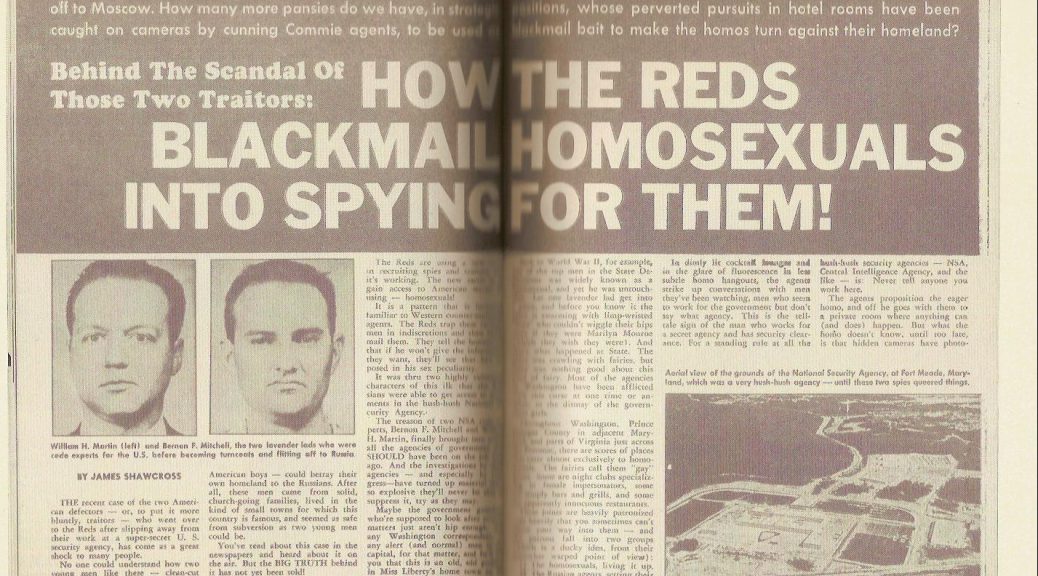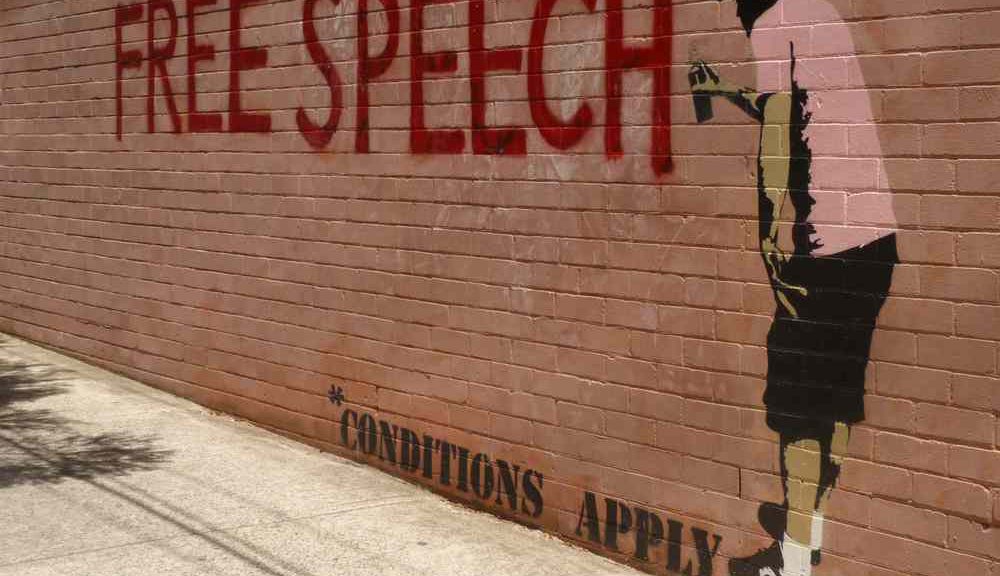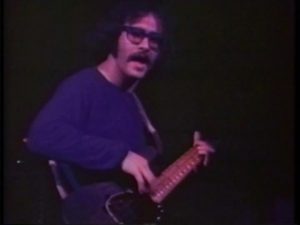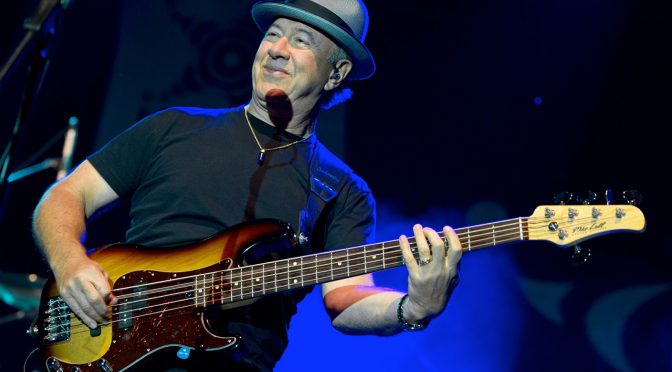Executive Order 10450
April 27, 1953
President Eisenhower signed Executive Order 10450.
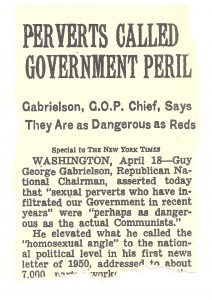 When the Cold War began, irrational fear of anything associated with Communism ruled the day. Clever politicians looking to gain patriotic points simply associated fringe members of society with Communism to disgrace them and sometimes imprison them.
When the Cold War began, irrational fear of anything associated with Communism ruled the day. Clever politicians looking to gain patriotic points simply associated fringe members of society with Communism to disgrace them and sometimes imprison them.
The LGBTQ community was included in this wide-ranging persecution. Historically this period before the Stonewall riots and their marking a new era of activism is known as the Lavender Scare.
Executive Order 10450
The text of the executive order began with:
Sec. 8. (a) The investigations conducted pursuant to this order shall be designed to develop information as to whether the employment or retention in employment in the Federal service of the person being investigated is clearly consistent with the interests of the national security. Such information shall relate, but shall not be limited, to the following:
(1) Depending on the relation of the Government employment to the national security:
(i) Any behavior, activities, or associations which tend to show that the individual is not reliable or trustworthy.
(ii) Any deliberate misrepresentations, falsifications, or omissions of material facts.
(iii) Any criminal, infamous, dishonest, immoral, or notoriously disgraceful conduct, habitual use of intoxicants to excess, drug addiction, sexual perversion. (my emphasis)
(iv) Any illness, including any mental condition, of a nature which in the opinion of competent medical authority may cause significant defect in the judgment or reliability of the employee, with due regard to the transient or continuing effect of the illness and the medical findings in such case.
(v) Any facts which furnish reason to believe that the individual may be subjected to coercion, influence, or pressure which may cause him to act contrary to the best interests of the national security.
(2) Commission of any act of sabotage, espionage, treason, or sedition, or attempts thereat or preparation therefore, or conspiring with, or aiding or abetting, another to commit or attempt to commit any act of sabotage, espionage, treason, or sedition.
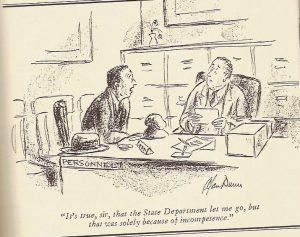
At that time, nearly all of society, including medical professionals, considered homosexuality a sexual perversion. In fact, it wasn’t until December 15, 1973 that the American Psychiatric Association removed the designation of homosexuality as a mental illness. (NIH article)
The American Psychological Association, a different professional group, removed its designation of homosexuality as unhealthy in 1975. (2003 APA article)
- Related Link >>> UT article
